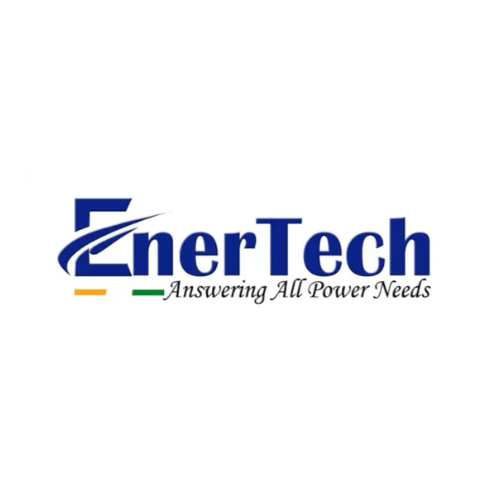Notifications

5 minutes, 16 seconds
-18 Views 0 Comments 0 Likes 0 Reviews

Choosing the right solar inverter is one of the most important decisions you'll make when setting up a solar power system. The inverter is the heart of the system—it converts the direct current (DC) generated by your solar panels into alternating current (AC) used by your home or business.
With so many options available, it's essential to understand what features matter most. Here's a breakdown of the key features to consider when selecting a best solar inverter to ensure you get maximum efficiency, safety, and long-term value from your solar investment.
There are three main types of solar inverters:
String Inverters: Ideal for homes with panels facing one or two directions. Cost-effective and easy to maintain.
Microinverters: Installed behind each panel, offering panel-level performance and efficiency. Great for roofs with shading or multiple orientations.
Hybrid Inverters: Support solar panels, batteries, and grid connectivity. Best for homes considering future energy storage or backup power.
Choose based on your current needs and future scalability.
Efficiency determines how much of the solar energy captured is actually usable. Look for:
Peak efficiency ratings of 95% or higher
European efficiency (for better average performance in varying conditions)
Higher efficiency means better energy conversion and lower electricity costs over time.
MPPT technology ensures your inverter extracts the maximum available power from your solar panels at any given time. Inverters with multiple MPPT trackers:
Handle different panel orientations more effectively
Increase energy yield
Reduce the impact of partial shading
MPPT is a non-negotiable feature in modern inverters.
If you're planning to add a battery—either now or in the future—your inverter must support energy storage. Look for:
Hybrid inverter capability
Support for various battery types (Lithium-ion, Lead-acid, etc.)
Built-in Battery Management Systems (BMS)
This feature enables energy independence and backup during grid outages.
A good solar inverter must include robust safety protections, such as:
Overload and short circuit protection
Anti-islanding protection (automatically shuts down during grid outages for safety)
Overvoltage and surge protection
Ground fault detection
These features protect both the system and your home from electrical damage.
Modern inverters come with built-in smart monitoring tools, allowing you to track system performance in real-time via:
Wi-Fi or Ethernet
Mobile apps or web portals
Energy consumption and production data
Monitoring helps detect faults early and ensures your system is running efficiently.
Solar inverters are often installed outdoors. Check the Ingress Protection (IP) rating:
IP65 or higher is ideal for outdoor use
Weatherproof housing and corrosion resistance are crucial for longevity
Durable inverters also handle temperature variations and humidity effectively.
Choose inverters from well-known brands that offer:
At least 5 to 10 years of warranty (extendable options are a bonus)
Proven customer service support
Local service centers for quick repair and replacement
Make sure your inverter meets local grid regulations and has relevant certifications, such as:
IEC, UL, or BIS certifications
Compliance with net metering standards (if you plan to export excess energy)
Certified inverters are safer, more efficient, and compliant with government incentives.
Planning for the future? Choose an inverter that can:
Support more panels later (with extra MPPT inputs or parallel connectivity)
Integrate storage systems and generators
Be upgraded with firmware updates for newer technologies
Scalable inverters are more cost-effective in the long run.
The solar inverter is the brains of your solar power system, so it's critical to choose wisely. Look beyond just price and power ratings—focus on efficiency, safety, monitoring, and future-readiness. A high-quality inverter not only boosts your system’s performance but also ensures long-term savings and peace of mind.

